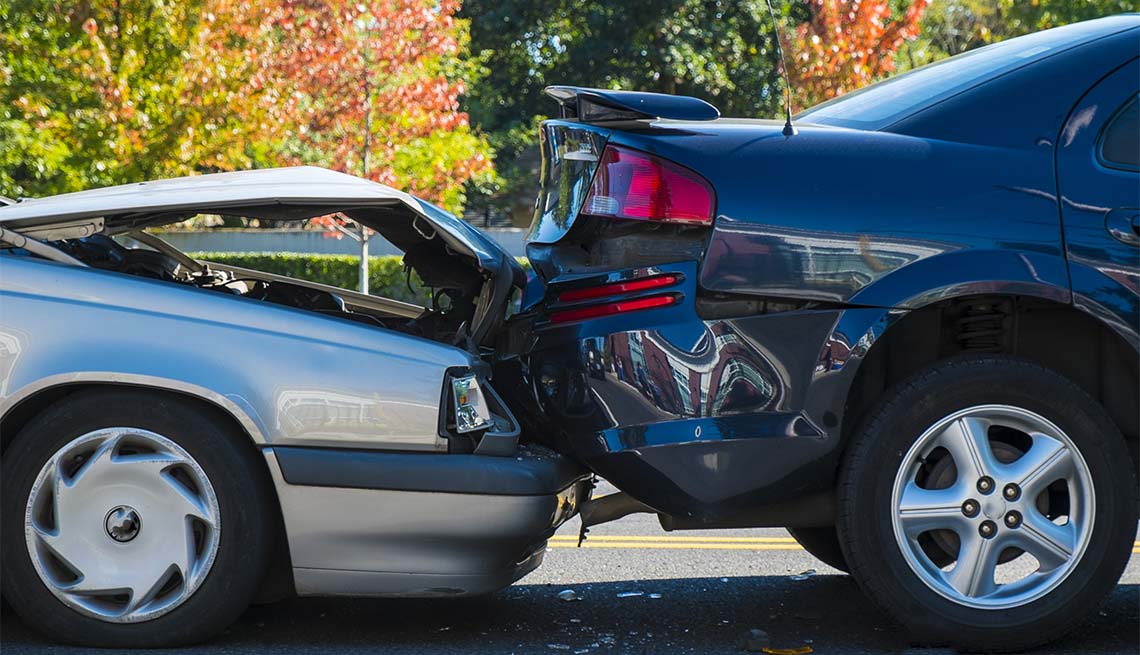Introduction
Emotional distress claims can be a complex and often misunderstood aspect of personal injury law, especially in a vibrant and bustling city like Los Angeles. With its unique blend of culture, entertainment, and everyday life challenges, the City of Angels is home to various incidents that might result in emotional distress. Whether it's a car accident, a slip and fall, or even witnessing a traumatic event, victims may suffer more than just physical injuries. This article delves deep into the world of emotional distress claims in personal injury cases within Los Angeles, unraveling how they work, what one needs to prove them, and the potential recovery options available.

If you're wondering how emotional distress claims function in Los Angeles personal injury https://traffic-relatedinjuriesdebatesoverview.mystrikingly.com/ cases, you’re not alone. Many individuals find themselves grappling with emotional turmoil after an incident but aren't quite sure about their legal standing or options for seeking justice. By the end of this article, you'll gain valuable insights into the intricacies of emotional distress claims and how they play a pivotal role in personal injury cases.
Emotional Distress Claims: How They Work in Los Angeles Personal Injury Cases
When discussing emotional distress claims, it's crucial to understand that these claims seek compensation for psychological harm resulting from an individual's negligence or intentional actions. In Los Angeles personal injury cases, emotional distress can stem from various scenarios:
- Accidents (car crashes, workplace injuries) Assaults (physical or sexual) Harassment (workplace or otherwise) Witnessing traumatic events (car accidents or violent crimes)
Types of Emotional Distress Claims
In California, there are generally two types of emotional distress claims:
Intentional Infliction of Emotional Distress (IIED) Negligent Infliction of Emotional Distress (NIED)Intentional Infliction of Emotional Distress (IIED)
To establish an IIED claim, you must prove four key elements:
The defendant's conduct was outrageous or extreme. The defendant intended to cause emotional distress or acted with reckless disregard for your feelings. You experienced severe emotional distress as a direct result. The defendant's actions were the proximate cause of your distress.Negligent Infliction of Emotional Distress (NIED)
For NIED claims, the requirements differ slightly:
The defendant owed you a duty of care. The defendant breached that duty. You suffered severe emotional distress as a result. Your emotional distress was foreseeable under the circumstances.The Role of Evidence in Emotional Distress Claims
When pursuing an emotional distress claim in Los Angeles personal injury cases, evidence is paramount:
- Medical Records: Documentation from mental health professionals can substantiate your claim. Witness Testimonies: Statements from friends and family regarding your change in behavior post-event can bolster your case. Journals/Diaries: Keeping track of your feelings and emotions daily can provide tangible proof of your suffering.
Understanding California Laws on Emotional Distress Claims
California law offers specific guidelines on how emotional distress claims are handled within personal injury cases:
Statute of Limitations
In California, the statute of limitations for filing an emotional distress claim typically mirrors that for personal injury cases—two years from the date of the incident.
Comparative Negligence
California follows a comparative negligence rule which means if you're partially at fault for your situation, your compensation may be reduced accordingly.
Caps on Damages
While California does not impose caps on compensatory damages for emotional distress in most personal injury cases, punitive damages may have limits based on certain criteria.
Common Scenarios Leading to Emotional Distress Claims
Car Accidents and Emotional Trauma
Car accidents frequently lead to physical injuries but often leave lasting psychological scars as well. Victims may experience anxiety about driving again or develop post-traumatic stress disorder (PTSD).
Workplace Harassment and Its Effects
Workplace harassment can create a toxic environment leading individuals to suffer silently until it manifests into severe anxiety and depression—grounds for filing an NIED claim.
Medical Malpractice and Psychological Impact
Victims of medical malpractice may not only face physical repercussions but also endure severe psychological trauma from breaches in trust by healthcare professionals.
Proving Your Claim: Steps to Take After an Incident
Establishing an emotional distress claim requires careful planning and execution:
1. Seek Immediate Medical Attention
Always prioritize your health first! Discuss any psychological symptoms with healthcare professionals who can help document your condition accurately.
2. Gather Evidence Consistently
From photographs to police reports—collect every piece that could support your case effectively.
3. Consult with a Personal Injury Attorney
Engaging with legal experts ensures you understand your rights and navigate through collective complexities involved seamlessly.
Calculating Damages for Emotional Distress Claims
Determining damages involves evaluating both economic and non-economic losses:
| Type | Description | |-----------------|---------------------------------------------------------------| | Economic | Medical bills related to therapy sessions | | Non-Economic | Pain & suffering arising from prolonged mental anguish |

1. Medical Costs
Costs incurred from therapy sessions or psychiatric evaluations can form part of recoverable damages.
2. Loss Of Enjoyment
Emotional suffering might impede one's ability to engage in activities they once loved—requiring compensation!
The Importance of Legal Representation
Navigating through personal injury law without adequate representation could hinder obtaining fair compensation:
Lawyers understand nuances within local laws. They help present compelling evidence that aligns with legal standards. Skilled attorneys negotiate settlements effectively on behalf of their clients.FAQs About Emotional Distress Claims
Q1: What qualifies as emotional distress? A1: Emotional distress refers to psychological trauma resulting from another party's negligent actions—manifesting as anxiety, depression, PTSD etc.
Q2: How do I prove my claim? A2: Proving involves presenting substantial evidence such as medical records/testimonials substantiating your psychological suffering due directly linked incidents!
Q3: Can I file this type if I was indirectly affected? A3: Yes! By demonstrating that witnessing traumatic events caused significant psychological effects—you might still qualify under NIED!
Q4: Is there a limit on how much I can recover? A4: While compensatory damages have no caps; punitive damages may vary depending upon specific circumstances surrounding each case!
Q5: How long do I have to file my claim? A5: Generally speaking—you’ll have two years post-incident date before facing statutes hindering further action against responsible parties!
Q6: What’s the role played by insurance companies? A6: Insurance companies assess liability/coverage amounts—it’s vital understanding their involvement while negotiating settlements pertaining directly toward injuries suffered!

Conclusion
Understanding how emotional distress claims operate within Los Angeles personal injury cases equips victims with necessary knowledge needed when pursuing justice after experiencing trauma stemming from others’ negligence/actions! From grasping types/forms available—to navigating complexities surrounding laws governing these issues—the path towards healing often begins legally advocating oneself alongside skilled professionals ensuring fair representation throughout entire process!
The journey toward recovery encompasses not only physical rehabilitation but also tackling invisible scars left behind following unfortunate incidents impacting lives significantly—knowing one doesn’t simply have endure alone! Therefore if you find yourself grappling emotionally due unfortunate events—seek help immediately—both medically AND legally—to reclaim control over YOUR narrative moving forward!